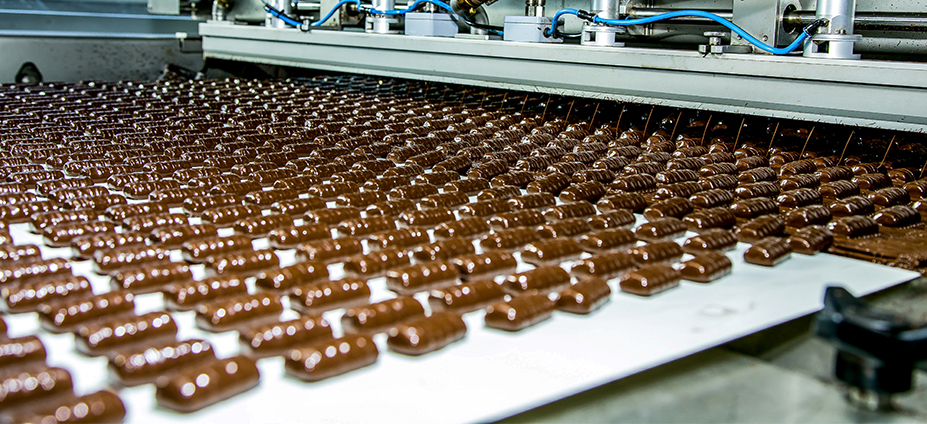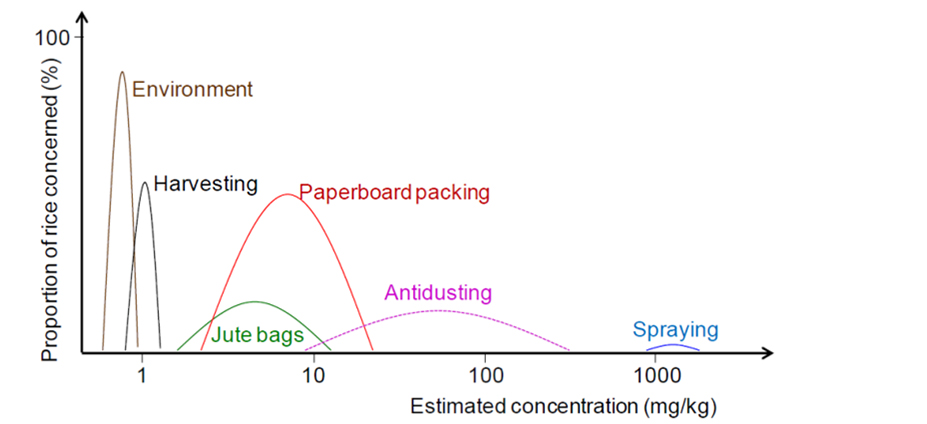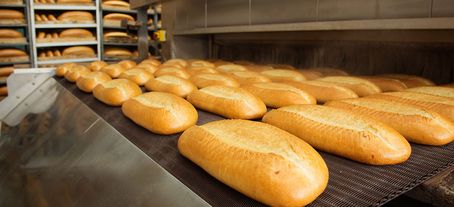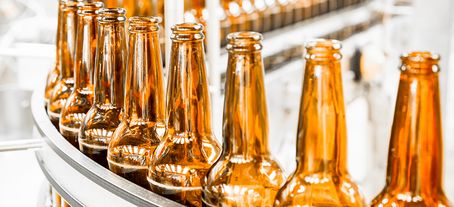The importance of eliminating contamination sources in food production
Modern food manufacturers face all kinds of challenges, rules and regulations, both from governments and the market.

Some of these obligatory requirements are GMP (Good Manufacturing Practice) and the seven principles of HACCP (Hazard Analysis and Critical Control Points). They also have to manage and assure ingredient lists and labelling, ensure animal welfare during breeding and slaughter, follow environmental regulations, focus on traceability and sustainability throughout the manufacturing process, transportation and handling, and so on and so forth. All this while also adapting their offering to increasing demand for functional food and a plant-based diet. But above all, they have to meet food safety standards and minimise the risk of negative health effects among consumers. It can be costly and adversely impact a brand if a product has to be recalled due to salmonella, listeria or campylobacter, or if a product contains heavy metals, pesticide residues or MOAH.
What are MOAH?
Mineral oil hydrocarbons (MOH) comprise a wide range of chemical compounds obtained mainly from petroleum distillation and refining. They are categorised into two main groups referred to as MOSH (Mineral Oil Saturated Hydrocarbons) and MOAH (Mineral Oil Aromatic Hydrocarbons).
According to the latest assessment by experts at the EFSA (European Food Safety Authority) in September 2023, MOSH do not pose a risk to public health at current exposure levels in food. It was however noted that MOAH can contain genotoxic substances which can damage DNA in cells and cause cancer. No safe level for these substances can be established. The EFSA has therefore recommended further research to more closely assess these risks, and to study the potential long-term effects of MOSH on human health.
According to the EFSA, the population’s greatest exposure to MOSH and MOAH comes mainly from foods such as chocolate, vegetable oils, children’s foods and grain-based products.
In May 2022 the European Commission’s PAFF (Standing Committee on Plants, Animals, Food and Feed) recommended benchmark values for MOAH. While not legally binding, they require that products must be halted or recalled if they exceed the following levels:
- 0.5 mg/kg for dry foods with a low fat/oil content (≤4% fat/oil)
- 1 mg/kg for foods with a higher fat/oil content (>4% fat/oil, ≤50% fat/oil)
- 2 mg/kg for fats/oils or foods with >50% fat/oil
Where do MOAH come from and how can the risk of contamination be eliminated?
In 2012, the EFSA looked at how rice is contaminated by MOSH and MOAH, and where these come from. The result shows the percentage of samples examined that showed concentrations of MOH and the source of contamination.

Source: EFSA Journal 2012:10(6):2074
Since then, there have been a great many changes in all stages to identify and reduce contamination in all manufacturing processes and steps in producing various foods.
- Can the surrounding environment cause contamination? Reduce the risk of lubricant leakage from machinery used in harvesting, mechanically handling raw foods, uncombusted fuel, residues from tyres, road paving and so on.
- Is there a potential risk of contamination from recycled paper and cardboard, printing inks processed using mineral oil? Research plastic, aluminium foil and wax layers that come into direct contact with food.
- Consider additives or processing aids that might contain unrefined mineral oil.
- Switch to food-grade lubricants in manufacturing machinery that produces food and packaging, especially where there is risk of leakage.
As a global supplier of food-grade lubricants, it is crucial that we work closely alongside our customers to identify critical control points in production and processing. One way of reducing or eliminating the risk of contamination is to simply choose products that do not contain MOAH. For example, our comprehensive range of food-grade lubricants, CASSIDA. Please contact us and we’ll help you ensure you use the right products with the right approvals, in the right places.

This might also interest you

Consider the whole process – from ingredient to packing
It is no great surprise that lubricants for use in food production come with extremely high safety requirements; consumer safety is, after all, paramount. Other sectors such as pharmaceuticals and cosmetics also place particular demands on special lubricants. In all cases it is vital to consider the whole process, from ingredient to final packing.

We use rigorous testing to optimise the beer head
Yes, it’s true! We are actually that geeky when it comes to developing lubricants for the brewing industry. In beer production, there’s always a small risk that tiny amounts of lubricant end up in the beverage, for instance when sealing the cans, or in the mixer if the gearbox is placed above the tank. Even though we’re only talking about the tiniest of amounts, it is crucial that beer brewers always use lubricants that are approved for contact with foods.
All blog posts
Subscribe
Available in Finnish only.